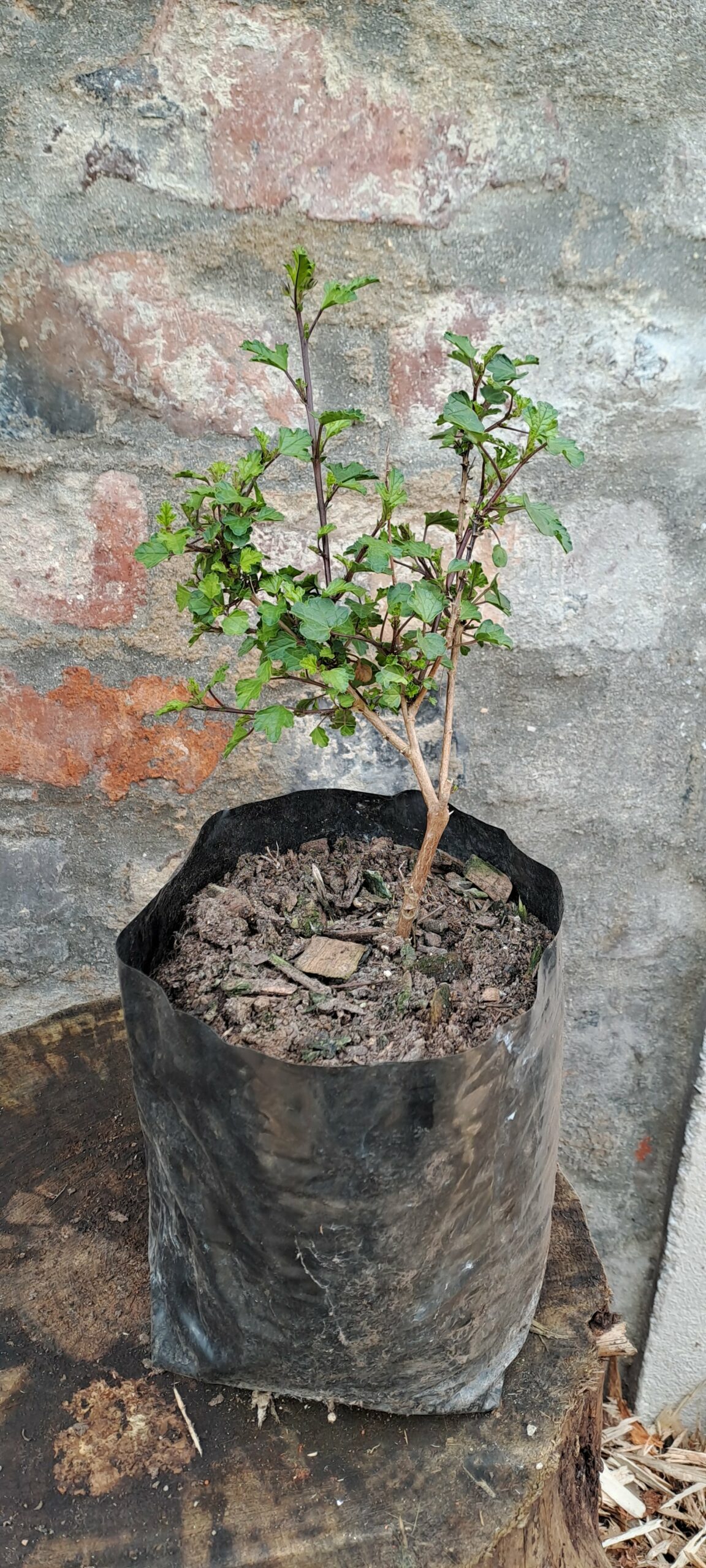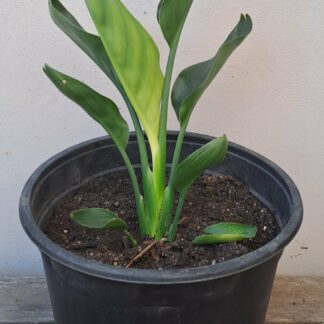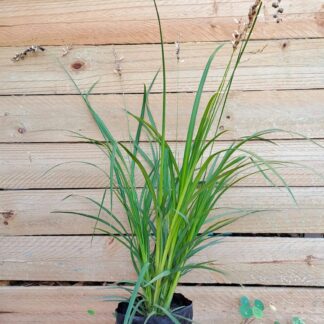Description
Anisodontea Growing ConditionsBotanical Name: Anisodontea spp.
Common Name: Cape Mallow
Description:
Anisodontea, commonly known as Cape Mallow, is a charming shrub that graces gardens with its continuous display of vibrant, hibiscus-like flowers. These versatile plants, native to South Africa, bring a splash of color to any landscape with their pink, magenta, or white blossoms. Cape Mallows are perfect for adding structure to borders or as standalone specimen plants in containers.
Sunlight:
Thrives in full sun to light shade. Ensure it receives at least 6 hours of sunlight daily for the best flowering results.
Watering:
Cape Mallow prefers regular watering, especially during dry spells. However, it is moderately drought-tolerant once established. Water deeply when the top few centimeters of soil are dry.
Soil:
Grows well in well-draining soil. It is adaptable to various soil types, including sandy and loamy soils, but thrives in slightly acidic to neutral pH levels (6.0-7.0).
Temperature:
Anisodontea prefers mild climates and can handle light frost but will need protection in areas prone to severe frost. Ideal temperatures range from 10°C to 25°C.
Fertilizing:
Feed with a balanced, slow-release fertilizer in early spring to encourage vigorous growth and flowering. A monthly application of a liquid fertilizer during the growing season will also benefit the plant.
Pruning:
Prune lightly after flowering to maintain shape and encourage bushier growth. It can be pruned harder in late winter to rejuvenate the plant and promote more prolific blooms.
Pests and Diseases:
Generally pest-resistant but keep an eye out for aphids and spider mites. Good air circulation helps prevent fungal issues like powdery mildew.
Uses:
Cape Mallow is ideal for mixed borders, informal hedges, or as a feature plant in containers. It attracts bees and other pollinators, making it an excellent choice for wildlife-friendly gardens.






Reviews
There are no reviews yet.